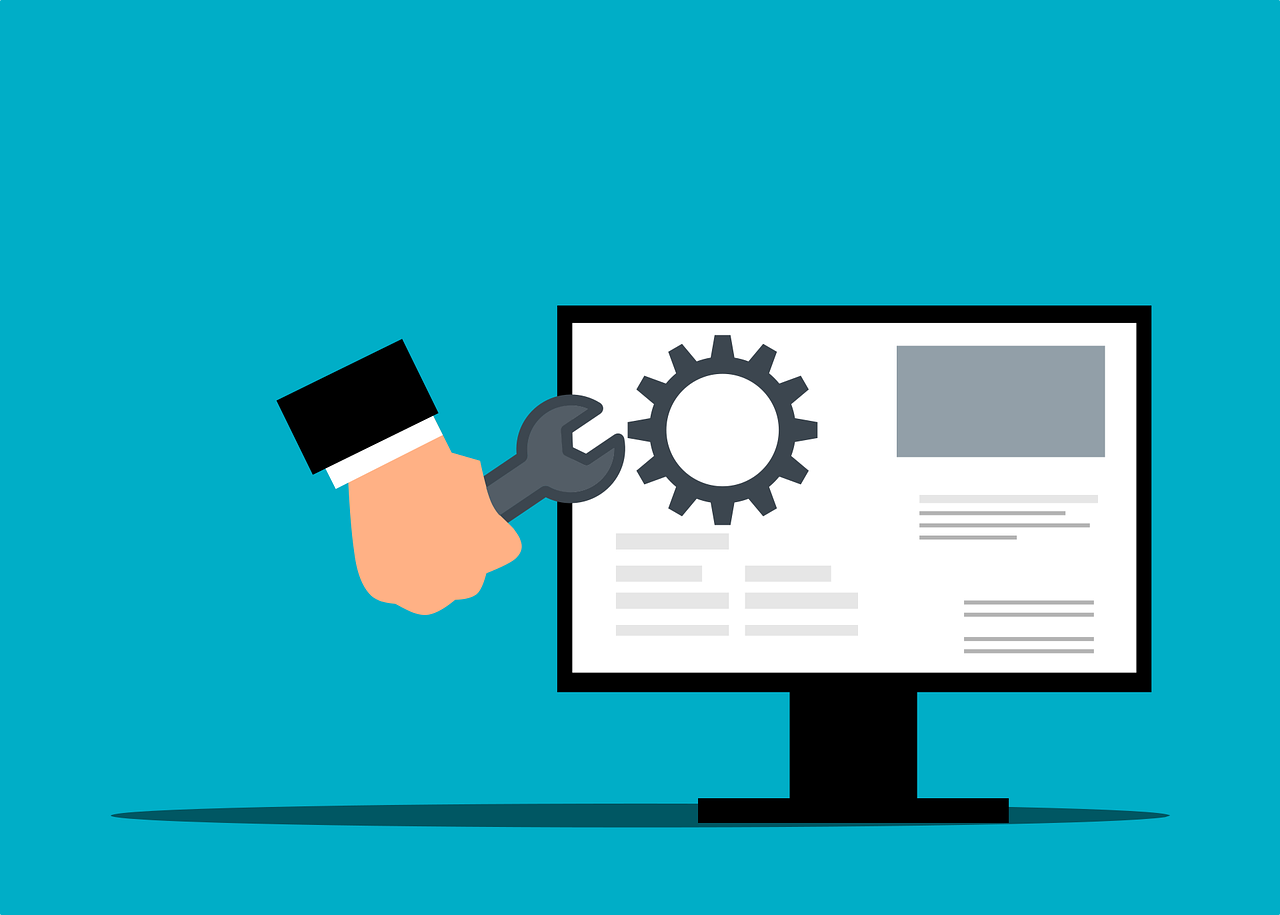How to Prepare Your Business for a Seamless Billing System Migration
Billing system migration is a pivotal step for businesses looking to enhance operations, manage subscriptions efficiently, and improve scalability. However, without proper planning, the process can lead to data loss, service disruptions, and customer churn. To ensure a smooth transition, businesses must focus on key areas like data integrity, staff readiness, and effective communication.
This guide explores the essential steps to prepare your business for a seamless billing migration, helping you avoid pitfalls and ensure business continuity.
1. Assess Your Business Needs and Objectives
Before starting the migration process, it’s crucial to evaluate the gaps in your existing billing system and identify what you need from the new one. Ask questions such as:
- Does the new system support advanced payment models?
- Can it integrate with existing CRMs or accounting tools?
- Does it offer scalability for future growth?
Align your objectives with the capabilities of the new billing platform to ensure it supports your business’s long-term goals.
2. Create a Migration Roadmap
Having a well-defined migration roadmap can help avoid unexpected delays and minimize disruption. Break down the migration into phases to make the process manageable:
- Planning Phase: Identify stakeholders and assign responsibilities.
- Pre-Migration Testing: Test the new system with a small set of data.
- Data Transfer: Migrate data in stages to avoid overwhelming the system.
- Post-Migration Testing: Validate the migrated data for accuracy.
- Launch and Monitoring: Switch to the new system and monitor performance.
A clear plan ensures all teams stay aligned and follow a structured process.
3. Audit and Clean Up Data
Data migration is one of the trickiest parts of billing system migration. Begin by auditing your existing data to identify inconsistencies, duplicate records, or incomplete information. Clean up and organize the data to ensure a smooth transfer.
You can also use this opportunity to update outdated customer information and remove inactive records. Well-prepared data reduces the chance of migration errors and enhances the performance of the new billing system.
4. Set Up a Sandbox Environment for Testing
Testing your new billing system in a sandbox environment is crucial for spotting issues early. A sandbox simulates the live environment without affecting real operations, allowing you to experiment with data migration and integrations.
Use the sandbox to identify:
- Mismatched data fields
- Integration issues with CRMs or accounting software
- Workflow errors in billing processes
Addressing these issues before the live migration minimizes the risk of service disruptions.
5. Establish Communication with Customers
Customer communication is often overlooked during billing system migration. However, transparent communication helps build trust and prevents confusion.
Notify customers about the migration plan and any potential service disruptions. Provide clear timelines, and let them know if they need to update payment details. Sending reminders closer to the migration date ensures that customers remain informed and engaged throughout the transition.
6. Train Your Staff for the New System
Employee readiness plays a significant role in a smooth migration. Ensure your teams are familiar with the new system by providing them with proper training and resources.
Develop a structured training program that includes:
- System navigation tutorials
- Common troubleshooting tips
- Use case scenarios for different billing processes
The sooner your employees get comfortable with the new system, the faster your business can operate efficiently post-migration.
7. Back Up Data Before Migration
Unexpected issues can arise during migration, so it’s critical to back up all customer and financial data beforehand. Having a secure backup allows you to restore information if any data is lost or corrupted during the transfer.
Ensure that your backup is stored securely and accessible, so you can quickly recover from any disruptions.
8. Schedule Migration at Off-Peak Hours
To minimize the impact on customer experience, plan the migration during low-traffic hours or when customer activity is minimal. This helps reduce the risk of disruptions during critical business operations.
Additionally, scheduling migration after renewal cycles ensures that no subscription payments are delayed or missed, maintaining customer satisfaction.
9. Test Payment and Billing Processes Post-Migration
After the migration is complete, thoroughly test the billing system to ensure everything works smoothly. Verify that:
- Payment gateways are functioning correctly
- Invoices are generated accurately
- Recurring billing schedules are intact
- Customer data is properly synced
Run multiple tests to identify and resolve any lingering issues before the new system goes live.
10. Monitor System Performance After Launch
Even after a successful migration, monitoring the system for a few weeks is essential. Keep an eye on customer feedback and billing performance to detect any anomalies early.
Proactively addressing post-migration issues ensures your billing system remains stable and reliable.
Conclusion
A successful billing system migration starts with thorough preparation. By assessing your business needs, cleaning up data, training staff, and communicating effectively with customers, you can avoid common migration pitfalls. Testing the system in a sandbox environment and scheduling the switch during off-peak hours further ensures a smooth transition.
Following these steps will help your business migrate seamlessly, allowing you to take full advantage of the new billing system’s capabilities. With proper preparation, your business will be ready to deliver uninterrupted services and grow efficiently with the new platform.





